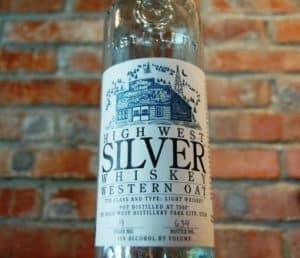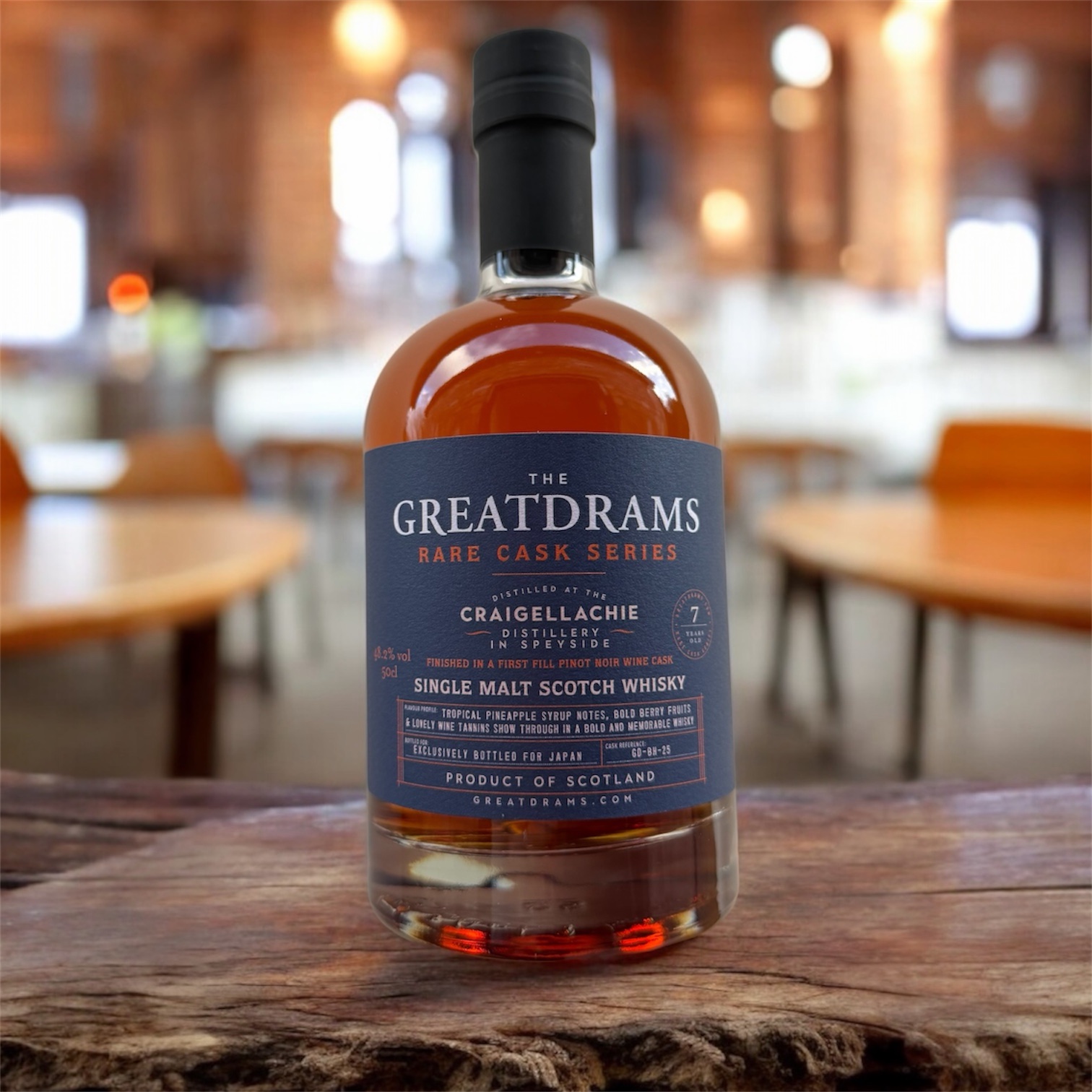American Whiskey Aged 12 Seconds
let’s begin
As most Whiskey enthusiasts will know, there are many laws surrounding how Whiskey is produced, not just in the UK, but across the world.
One of the key laws on how Scotch whisky is processed is the fact that it has to be aged for longer than three years in oak in order to be legally called Whisky, this ensures quality product is made, with little inconsistency or attempts to outwit the customer by mixing younger spirits and charging the same price as you would older ones.
In America there are lots of different types of American Whiskey and each one has a different legal requirement for ageing. For instance, Bourbon must be aged for two years, whereas Bottled-in-Bond Bourbon must be aged for four years.
With more types of American Whiskey coming out of the woodwork, it has gotten hard to police, but since all American Whiskey must carry an age statement in America if the time spent ageing is less than four years, people have come up with inventive ways to get around this.

Take High West Silver Whiskey for instance. The age statement on this label is a flash at only a few seconds. Or take Old Natchez Trace White Whiskey, which is only aged for around 1 minute. Similar times are used for Clark New Whiskey and Jersey Spirits White Whiskey.
This is an interesting concept and one that definitely seems to get around the laws. But does the American Whiskey stand up to the taste test? That’s one for another article!
In the UK, distillers do not have to print an age statement and as such, many will simply sell their Whiskey un-aged and label it as New Make
What do you think of American Whiskey and the quick ageing process that takes place? We want to hear your thoughts, so get the conversation started in the comments!












